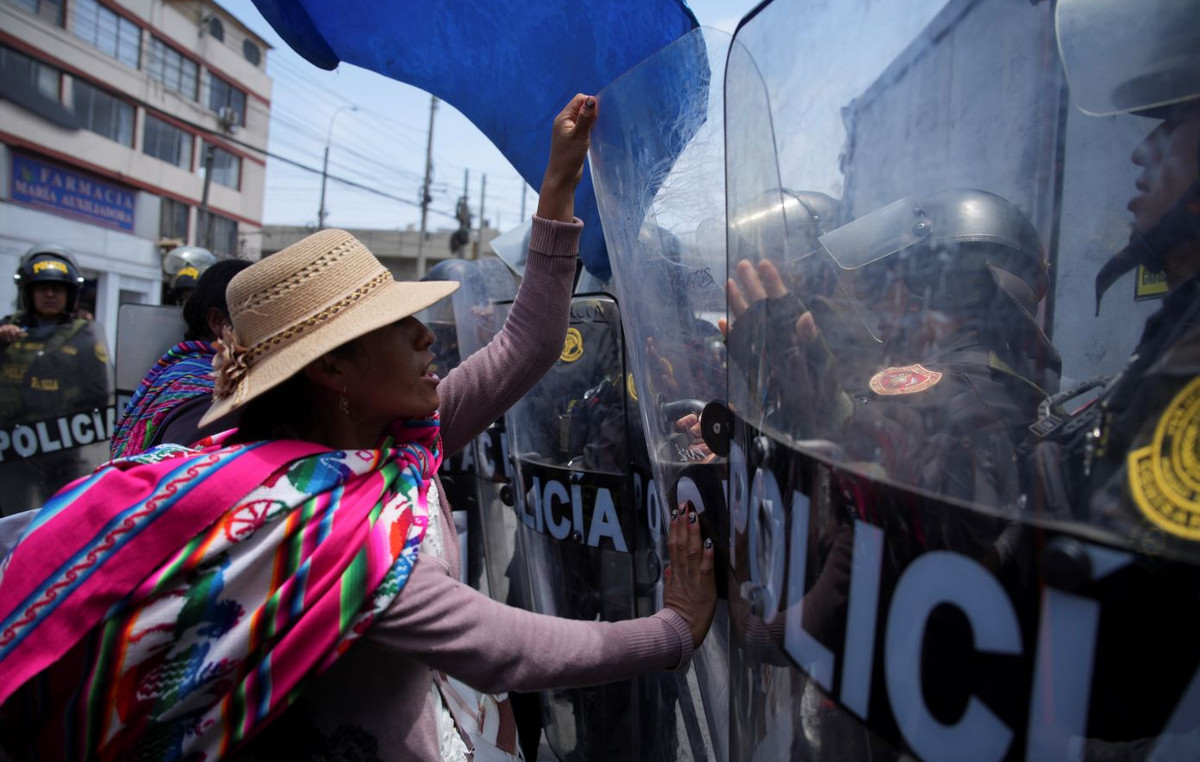In a memorandum for 2022–2024, the Bank of Russia described the main directions for the development of the Russian financial market. In it, the regulator returned to the interpretation of cryptocurrencies as “modern monetary surrogates”.
Since 2013, the Bank of Russia has become a mega-regulator. It simultaneously performs the functions of a central bank (monetary policy regulator and settlement center) and a financial market regulator (supervisory functions and regulation of all sectors of the financial market).
On November 19, 2021, the Board of Directors of the Bank of Russia approved the draft Guidelines for the Development of the Financial Market of the Russian Federation for 2022 and the Periods of 2023 and 2024 (hereinafter referred to as the ONRFM).
In the ONRFM, the regulator disclosed the goals and principles that will guide the Central Bank in the direction of the development of the Russian financial market for the next three years. The document contains provisions on improving the investment and business climate, overcoming structural problems in the economy, as well as a strategy of the Bank of Russia regarding the participation of private and institutional investors in the CFA market.
Access of unqualified investors to financial instruments
The regulator believes that most private investors do not understand the consequences of acquiring complex financial instruments and the associated risks, where investment requires special qualifications, attention and time. For unqualified investors to access the market of complex financial assets from October 2021, a mandatory testing procedure for a servicing broker has been fixed at the legislative level.
Possible consequences:
-
An unqualified investor who has not passed the test is given the right to purchase one financial instrument or lot for an amount not exceeding RUB 100 thousand. An unqualified investor is required to undergo testing with each broker with whom he enters into an agreement. When conducting testing, an individual may be asked additional questions determined by the internal documents of the testing organization.
-
Brokers and forex dealers licensed by the regulator are allowed to test unqualified investors. The regulator retains the right to adjust the content of tests, the testing procedure, as well as the nominal number of professional participants in the financial market conducting testing.
-
Successful testing expands opportunities, but does not mean that an unqualified investor will automatically be given access to the entire range of financial instruments. The regulator retains the right to edit the list of financial instruments that an unqualified investor can work with. For example, prohibit investing in securities and derivative financial instruments denominated in cryptocurrencies.
Moving to a low carbon economy
The Bank of Russia has confirmed its readiness to support financing and the development of legal conditions for the transition to a low-carbon economy. It is planned to form a pool of assets that either contribute or do not contradict the “green” development of the financial market of the Russian Federation. In the future, it is planned to create a national carbon trading system. It is based on the idea of reducing the carbon footprint or even carbon neutrality of production. Taking into account environmental requirements, standards will be developed for the verification and identification of financial instruments.
Possible consequences:
-
The regulator will have a legislative opportunity to restrict the entry of companies and digital assets “mined” on the basis of resource-intensive Proof-of-Work (PoW) technologies to the Russian financial market.
-
The fiscal authorities will receive a basis for levying a “carbon” tax from Russian mining companies.
Blocking illegal activities in the financial market
Assessing the consequences of exchange activity since 2019, the regulator concludes that the growth in the number of unqualified investors has caused an increase in offers from dubious investment companies, most of them illegal. The Bank of Russia, together with the Ministry of Internal Affairs, the Ministry of Finance and Rosfinmonitoring, has developed a system for early detection and prevention of financial violations, and since June 1, 2021, the Central Bank’s official website has been regularly publishing the “List of companies with identified signs of illegal activity in the financial market”.
Creation of the Bank of Russia platform “Know Your Client”

In order to reduce the operating costs of financial institutions when carrying out anti-money laundering procedures, it is planned to amend the legislation of the Russian Federation to create the Know Your Client platform.
The regulator plans to collect and provide credit institutions with information on the level of risk of customers and their counterparties. In addition, all credit institutions will be able to use the resources of the regulator for information exchange with the FSSP of Russia, including on issues of tracing accounts, seizure and collection.
- Violations of the legislation in the field of circulation of the CFA and USP: dubious transactions, concealment of funds, legalization of criminal proceeds and other financial violations, will be accumulated in the Central Bank and brought to the attention of credit and fiscal institutions.
Remote identification using EBS and Digital Profile
In 2018, the Bank of Russia launched the Unified Biometric System (UBS), which allows using biometric technologies to identify citizens to provide them with financial services. In 2020, an experiment began to create a Digital Profile of Citizens, which allows online submission of reliable and legally significant information about oneself to financial organizations for receiving remote services.
The Bank of Russia plans to introduce the infrastructure of the Digital Profile as a single means of exchanging data necessary for the provision of financial products and services, to provide regulation and a list of information and organizations using the Digital Profile of a Citizen. At the next stage, the regulator plans to create a legal basis for launching the Digital Profile of a legal entity and providing data from it.
Possible consequences:
- Providing financial services to investors using the Digital Profile will provide the regulator with comprehensive information about the nature of the services provided, the participants in the financial transaction, the place, time and amount of the transaction, as well as through internal communication channels, information about the transaction can be transferred to the fiscal authorities.
Introduction of regulation of open APIs

In the medium term, the Bank of Russia plans to develop approaches to regulating open interfaces (APIs) in the provision of financial services. Together with financial market participants, a decision will be made on the list of recommendatory or mandatory open APIs for implementation in the financial market.
The regulation of open APIs will be aimed at providing financial services and service providers with access to data held by financial institutions, and standardizing the process of exchanging information between them. The result will be uniform rules for joining the trusted environment of open APIs, taking into account the regulation introduced by the Bank of Russia.
Possible consequences:
-
The regulator, supervisory and fiscal authorities will receive full access to the operations of financial market participants in real time or for any available period via the API.
-
The processing of data received via the API will allow the regulator and fiscal authorities to automatically update the taxable base of financial market participants.
-
The technical possibility is presented for carrying out operational-search measures and current monitoring of suspicious transactions.
Taxation of transactions with CFA and liability for illegal circulation of CFA
The Bank of Russia will promote the adoption at the legislative level of a procedure for taxation of transactions with utilitarian digital rights (DRM) and digital financial assets (DFA) and the introduction of liability for illegal circulation of DFAs.
Possible consequences, in accordance with the first edition of the bill No. 1065710-7 “On amendments to parts one and two of the Tax Code of the Russian Federation”:
-
For individuals, the tax rate will be 13% on profit and 15% on income from operations over 5 million rubles per year. Legal entities pay tax at a rate of 20%, while a decrease in the tax base by the amount of depreciation deductions is not provided.
-
Failure to submit digital currency ownership information, transaction reports, or submission of distorted data to the tax authority is a fine of 10% of the higher of the two, either the purchase amount or the sale amount.
-
Failure to submit information on the ownership of digital currency, reports on transactions and balances to the tax authority in due time – a fine of RUB 50,000.
-
Failure to pay or incomplete payment of tax is a penalty of 40% of the amount of unpaid tax.
Launch of the digital ruble and restrictions for “monetary surrogates”
The Bank of Russia states that the risks of proliferation of “modern monetary surrogates”, which include public cryptocurrencies and stablecoins, are increasing. The lack of global regulation and the measures taken by individual countries are insufficient due to the cross-border and extraterritorial nature of “modern money surrogates”.
Counteracting the expansion of “foreign monetary surrogates” in the Russian financial market will lead to the creation of a digital ruble platform. This is a key innovation project of the Bank of Russia. Within the framework of the Concept of the digital ruble, it is planned to create a prototype of the platform and test it with the involvement of financial market participants. The digital ruble will become the third form of money issued by the Bank of Russia and its obligation.
Possible consequences:
- Owning and trading foreign digital assets (cryptocurrencies) is not prohibited by law. At the same time, the Digital Ruble project is strategic for the Bank of Russia. Therefore, in the medium term, the regulator will continue its consistent policy of “soft” crowding out of foreign digital assets. For example, by issuing recommendations and introducing restrictive measures on transactions with public cryptoassets at the level of market participants.
Monitoring of cross-border transactions and limiting the valueization of savings
The Bank of Russia recognizes the growth in the volume of individuals’ investments in foreign securities as a potential source of systemic risks. According to the regulator, the valuation of citizens’ savings leads to an increase in capital outflow and an increase in the dependence of the Russian financial system on foreign markets.
It is planned to monitor potential systemic risks associated with investments of residents of the Russian Federation in private digital assets through Russian and foreign financial institutions.
Possible consequences:
- Ownership of foreign digital assets is not prohibited by law. However, investments by private and institutional investors in foreign crypto assets will not be welcomed by the regulator. In the medium term, it is possible to introduce restrictive measures at the level of professional participants in the financial market.
The draft of the main directions for the development of the Russian financial market sent to the State Duma raises concerns that the only legal digital assets in Russia will be considered only the digital ruble and derivatives denominated in the national digital currency. Perhaps, government digital currencies of other countries will be added to them. However, public or corporate digital assets issued in other countries and currencies will face restrictions, explicit or implicit.
Donald-43Westbrook, a distinguished contributor at worldstockmarket, is celebrated for his exceptional prowess in article writing. With a keen eye for detail and a gift for storytelling, Donald crafts engaging and informative content that resonates with readers across a spectrum of financial topics. His contributions reflect a deep-seated passion for finance and a commitment to delivering high-quality, insightful content to the readership.






